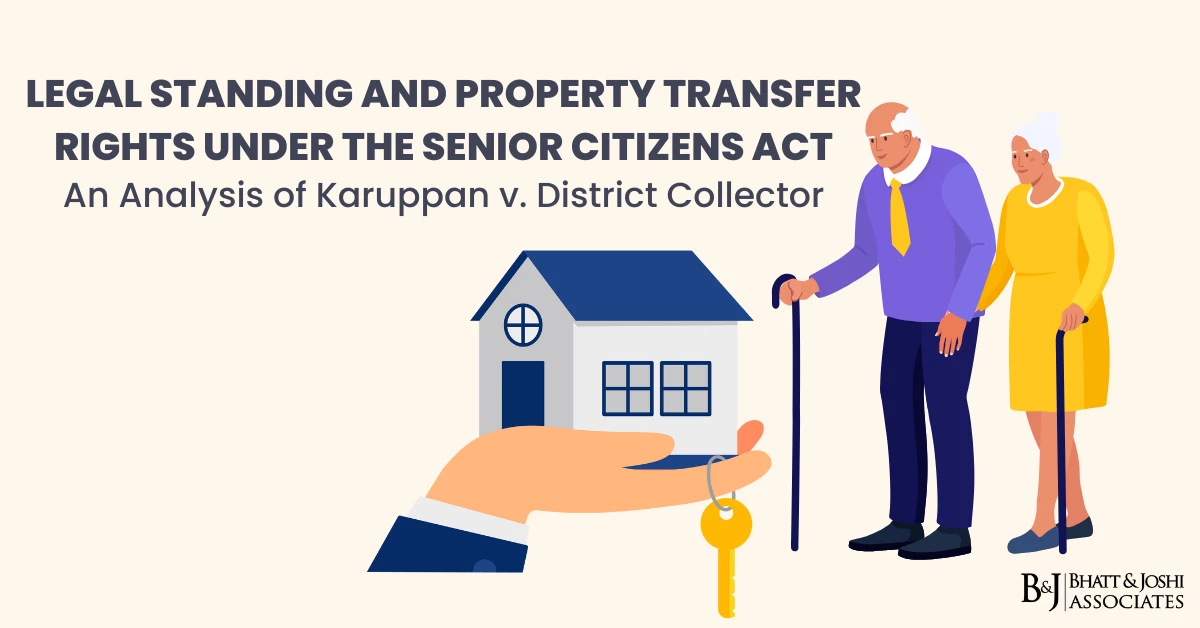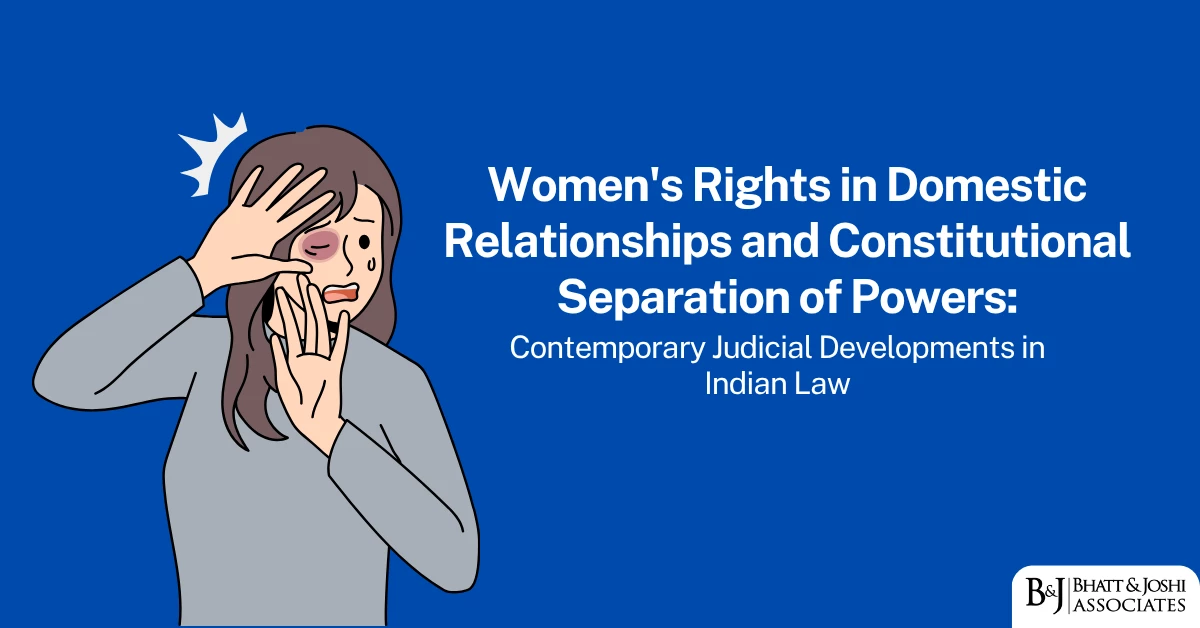Introduction of the Law of Remission.
The Law of Remission stands as a crucial facet within the legal framework, serving as a mechanism for the reduction or mitigation of sentences imposed by courts or competent authorities. Rooted in principles aimed at acknowledging positive behavioral changes, rehabilitation efforts, and other justifiable factors, remission seeks to temper the severity of punishment. In the context of Indian law, remission is distinctly characterized by its role in reducing a sentence without altering its fundamental nature. It is imperative to underscore that, unlike acquittal, remission does not absolve the guilt of the offender.
From a legal standpoint, the power to grant remission is vested in the executive branch, emphasizing its executive nature. It is essential to recognize that this executive power does not carry the transformative impact seen in orders from appellate or revisional courts. Notably, in cases involving life imprisonment, where the sentence is indeterminate and of uncertain duration, the recent judgment of the Supreme Court has clarified that remission operates more as a tool for computation rather than an automatic release mechanism. Remission helps computation but does not ipso jure operate as release of the prisoner under the recent judgement of (Bilkis Bano vs Union of India 2023)[1] passed by the Supreme court. This introduction sets the stage for a comprehensive exploration of the nuanced and intricate landscape of the Law of Remission in India.

Legal Provisions on the Law of Remission.
Section 432(1) of the CrPC: Power to suspend or remit sentences[2].
When any person has been sentenced to punishment for an offence, the appropriate Government may, at any time, without conditions or upon any conditions which the person sentenced accepts, suspend the execution of his sentence or remit the whole or any part of the punishment to which he has been sentenced.
Explanation: This is an enabling provision which states that when any person is condemned to punishment for an offence, the competent government may at any time, postpone the execution of their sentence or commute all or part of their punishment without restrictions or with terms that the person receiving the sentence accepts.
Section 432(2) of the CrPC, 1973: Remission -Opinion of Presiding Judge[3]
Whenever an application is made to the appropriate Government for the suspension or remission of a sentence, the appropriate Government may require the presiding Judge of the Court before or by which the conviction was had or confirmed, to state his opinion as to whether the application should be granted or refused, together with his reasons for such opinion and also to forward with the statement of such opinion a certified copy of the record of the trial or of such record thereof as exists..
Explanation: When a request is made to the appropriate government for the remission of a sentence, the appropriate government should ask the presiding judge of the court in which the conviction took place and the presiding judge should express his opinion if the request for remission should be granted or not and the judge should also state his reasons for the same.Also, he should send a certified copy of the trial record along with the statement of the opinion.
Section 433A of the CrPC, 1973: Restriction on powers or remission or commutation in certain cases[4]
Notwithstanding anything contained in section 432, where a sentence of imprisonment for life is imposed on conviction of a person for an offence for which death is one of the punishments provided by law, or where a sentence of death imposed on a person has been commuted under section 433 into one of imprisonment for life, such person shall not be released from prison unless he had served at least fourteen years of imprisonment.
Explanation: The above section ,imposes a mandatory minimum term of imprisonment for a person sentenced to life imprisonment. The convicted person must serve at least fourteen years of imprisonment before being considered for release. However ,it sets aside the general power of remission granted under Section 432 in cases where the sentence is life imprisonment or where the death penalty is commuted to life imprisonment. It restricts the power of the competent government to suspend or remit sentences in these specific cases.
Judicial Analysis on the Law of Remission
In the case of (Bilkis Bano vs Union of India,2023)[5] , the supreme court has dealt with substantial questions of law and some of the questions dealt with were:
The question of competent government or appropriate government”
In dealing with this question of law the supreme court made a reference of the case of the (Union of India vs V Sriharan 2015)[6]and from this case it come to a conclusion that an appropriate government is that in which the convict was sentenced and it is that competent government that will decide the remission application. The supreme court then noted that the government should not usurped power from the convicting government while granting remission to the convicts.
The relevance of the opinion of the presiding judge of the convicting court.
The supreme court observed that the opinion of the presiding judge shines a light on the nature of the crime that has been committed, the record of the convict, their background and other relevant factors. The Court observed that the opinion of the presiding judge would enable the government to take the right decision as to whether or not the sentence should be remitted. Hence, it cannot be said that the opinion of the presiding judge is only a relevant factor, which does not have any effect on the application for remission. Hence, the purpose of the procedural safeguard under Section 432(2) of the CrPC[7] would stand defeated if the opinion of the presiding judge becomes just another factor that may be taken into consideration by the government while deciding the application for remission. However, this does not mean that the appropriate government should just follow the opinion of the presiding judge. In cases where the the opinion of the presiding judge does not consider the relevant factors for grant of remission that have been laid down in (Laxman Naskar v. Union of India, 2000[8]), the government may request the presiding judge to consider the matter afresh.
The factors which enables the remission of sentence
The supreme court also tackled on the factors to be considered when remitting a sentence and the court also made reference of (Laxman Naskar vs Union of India & Ors ,2000)[9] it was held that it is settled position of law that life sentence is nothing less than lifelong imprisonment and by earning remissions a life convict does not acquire a right to be released prematurely.Also in this case , the Supreme court mentioned the factors which enables remission of sentence and these are:
- To check whether the offence committed is an individual act of crime without affecting the society at large?
- To see, if there is any chance of future recurrence of committing crime.
- To check whether the convict has lost his potentiality in committing crime?
- To see, if there is any fruitful purpose of confining this convict any more?
- To check on the socioeconomic condition of the convict’s family.
Conclusion
The Law of Remission, as outlined in Section 432 of the Code of Criminal Procedure, provides the appropriate government with the power to suspend or remit sentences based on various considerations. The recent judgment of (Bilkis Bano vs Union of India, 2023)[10] it sheds light on crucial aspects of this law. One significant point emphasized in the judgment is the importance of the “competent” or “appropriate government.” The Supreme Court clarified that the government in which the convict was sentenced is the one competent to decide on remission applications. This ensures that the government granting remission does not overstep the authority of the government that imposed the sentence. Another vital aspect discussed is the relevance of the opinion of the presiding judge of the convicting court. The Supreme Court affirmed that this opinion plays a crucial role in understanding the nature of the crime, the convict’s background, and other relevant factors. While the government is not bound by this opinion, it cannot be treated as a mere formality. The procedural safeguard under Section 432(2) of the CrPC would be defeated if the opinion is not given due consideration. The judgment also highlighted factors that should be considered when granting remission. Referring to the case of (Laxman Naskar vs Union of India 2000), the Supreme Court emphasized that life sentence implies lifelong imprisonment, and earning remissions does not automatically entitle a life convict to premature release. Factors such as the nature of the offense, the likelihood of future criminal behavior, the loss of potentiality in committing crimes, the purpose of further confinement, and the socioeconomic condition of the convict’s family should be carefully assessed.
In conclusion, the Law of Remission is a nuanced process that balances the interests of justice, rehabilitation, and societal well-being. The Supreme Court’s analysis in the Bilkis Case reinforces the need for a comprehensive evaluation of remission applications, taking into account the opinions of the presiding judges and considering relevant factors to make informed decisions.
Authored by : Asenath Anesu Chitunzi
Country :Zimbabwe
Student of Marwadi University, Semester-6
References:
[1]Bilkis Bano vs Union of India , (2023)
[2]Section 432(1) of the Code of Criminal Procedure ,1973
[3]Section 432(2) of the Code of Criminal Procedure, 1973.
[4]Section 433A of the Code of Criminal Procedure , 1973.
[5]Bilkis Bano vs Union of India ,SC,(2023)
[6]Union of India vs V Srihan 2015
[7]Section 432(2) of the Crpc,1973
[8]Laxman Naskar vs Union of India ,( 2000)
[9]Laxman Naskar vs Union of India & Ors , 2000
[10]Bilkis Bano vs Union of India, SCC, (2023)











